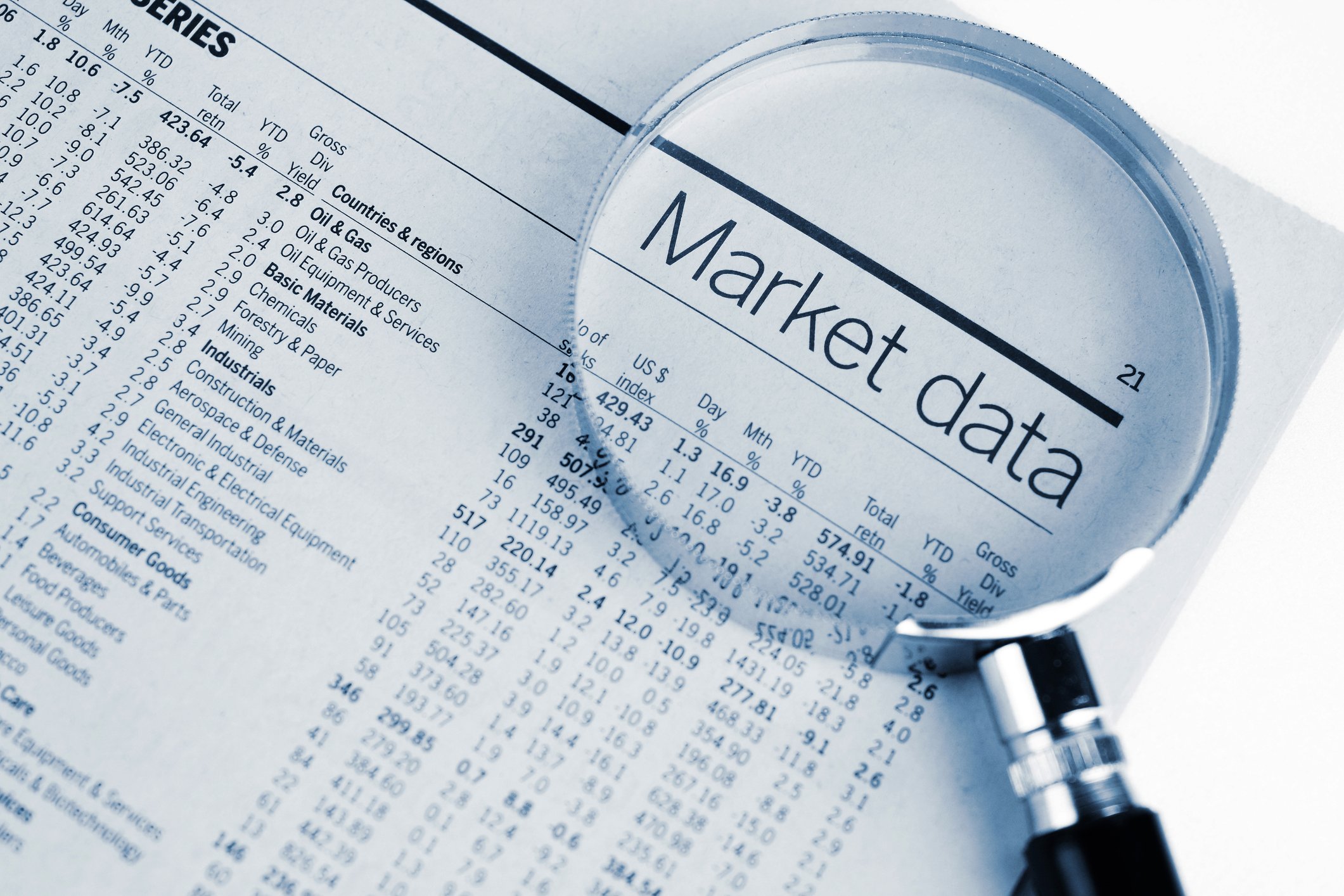The name sounds ominous enough. Indeed, against the backdrop of the coronavirus pandemic, the so-called "death cross" the Dow Jones Industrial Average (^DJI 1.19%) and its corresponding ETF -- the SPDR Dow Jones Industrial Average ETF (DIA 1.15%) -- just dished out seemingly makes matters even worse than they already are. A slew of analysts are convinced a recession is already upon us, making a prolonged bear market inevitable.
What if, however, these death crosses are more bark than bite?
As it turns out, they are. While they have certainly marked the onset of bear markets in the past, more often than not they don't. Indeed, history has shown that death crosses are usually great buying opportunities. This one may be one of those times ... or it may not be. Mostly though, such technical events probably shouldn't be part of your investing repertoire at all.

Image source: Getty Images.
What's a death cross?
It's not a complicated premise. Moving averages of the market's key indices help identify their true trend by averaging out short-term gyrations. Using more daily closes in the calculation of the moving average line value weeds out more meaningless volatility, but that line can lag the current trend. Using fewer daily closes in the calculation makes a moving average line more responsive, but subjects it to more near-term volatility. Some traders consider multiple moving average lines of various lengths when making buy/sell decisions using a technical analysis chart.
Among the most commonly used moving averages are 50-day moving averages and 200-day moving averages. A cross of the latter by the former signals a fresh uptrend or downtrend. The Dow Jones Industrial Average's 50-day moving average line fell under its 200-day moving average line late last week, inciting some panic among already-nervous investors. It's another piece of evidence that the broad market is in trouble.

Data source: Yahoo! Finance. Chart by author.
Except that history doesn't necessarily support the thesis.
The table below tells the tale. For the past 17 death crosses for the Dow, the Dow was higher within a month eight times, within three months 13 times, and after six months 11 times.
| Instance of Dow Jones "Death Cross" | 1-Month Return | 3-Month Return | 6-Month Return |
|---|---|---|---|
| 9/17/98 | 6.9% | 11.6% | 32.6% |
| 11/29/99 | 4.9% | (7.5%) | (4.1%) |
| 3/10/00 | 12.7% | 6.9% | 6.7% |
| 6/1/00 | (1.9%) | 4.2% | 2% |
| 11/15/00 | (2.5%) | 0.9% | (0.6%) |
| 3/13/01 | (2.7%) | 6.4% | (9.2%) |
| 8/10/01 | (14.4%) | (5.7%) | 1.6% |
| 7/2/02 | (5.6%) | (11.9%) | (11.8%) |
| 8/6/04 | 5.4% | 5.1% | 11.4% |
| 5/19/05 | 1.1% | 0.6% | 3.7% |
| 10/10/05 | 2.9% | 7.5% | 13.7% |
| 1/3/08 | (3.2%) | (3.4%) | (13.3%) |
| 7/7/10 | 6.6% | 9.2% | 20.2% |
| 8/24/11 | (4.9%) | 1.5% | 15.5% |
| 8/11/15 | (6.2%) | 1.9% | (2.3%) |
| 1/13/16 | (1.1%) | 11% | 15.2% |
| 12/18/18 | 4.6% | 9.3% | 16.5% |
Data source: Yahoo! Finance.
As for how the Dow fared in terms of average performances following a death cross, again, the fearmongering isn't necessarily justified. The average one-month performance after the past 17 death crosses was a little better than a breakeven. Three months later the Dow was typically up 2.8%. The six-month average gain following a death cross for the Dow Jones Industrial Average is a healthy 5.8%.
Respect history, but respect the possibility too
This isn't to suggest last week's fresh death cross is something to shrug off. The indicator's track record may be spotty, but it did foretell trouble in 2001 and then again in 2002, and once again in 2008. When it's right, it's really right.
It's also difficult to deny the ripple effect of the coronavirus outbreak is directly impacting the economy. Every day the contagion is allowed to grow rather than be curbed, workers are displaced and opportunities to drive revenue are lost. The longer it persists, the deeper the hole the global economy digs its way into. Never mind the fact that we're arguably overdue for a recession anyway.
The point is, we just don't know, and no graphical representation of the Dow's price history can take into account all the other unknowns in play right now.
If this isn't the end of economic growth, though, there certainly are plenty of stocks trading at bargain prices.







